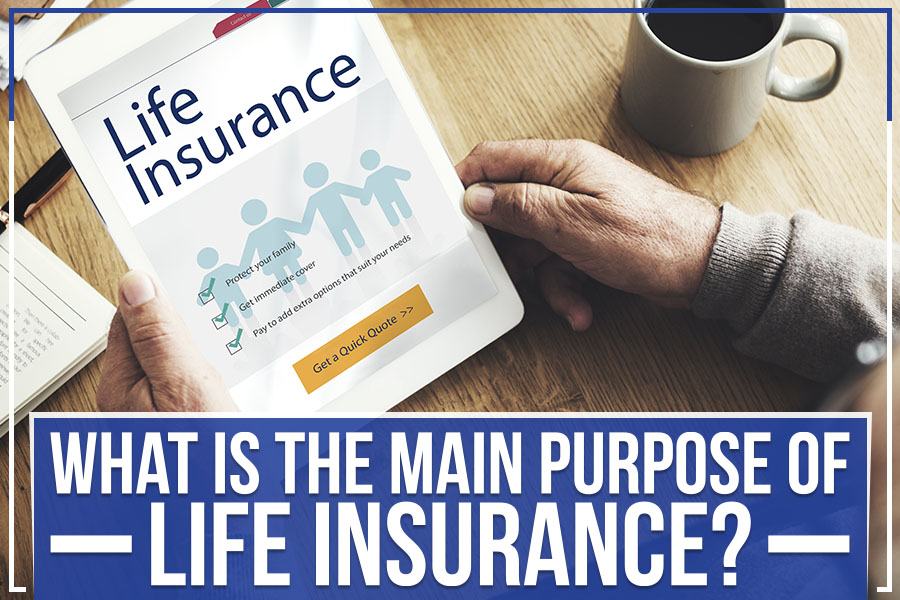The 9-Minute Rule for Pacific Prime
The 9-Minute Rule for Pacific Prime
Blog Article
The 30-Second Trick For Pacific Prime
Table of ContentsPacific Prime Fundamentals Explained10 Easy Facts About Pacific Prime ShownExamine This Report on Pacific PrimeUnknown Facts About Pacific PrimeThe 25-Second Trick For Pacific Prime

This is since the information were accumulated for a period of solid economic performance. Of the approximated 42 million people that were uninsured, all yet about 420,000 (concerning 1 percent) were under 65 years of age, the age at which most Americans come to be eligible for Medicare; 32 million were adults in between ages 18 and 65, about 19 percent of all grownups in this age team; and 10 million were children under 18 years old, about 13.9 percent of all kids (Mills, 2000).
These quotes of the number of persons uninsured are created from the yearly March Supplement to the Existing Population Survey (CPS), performed by the Census Bureau. Unless otherwise kept in mind, nationwide price quotes of people without medical insurance and proportions of the populace with various kinds of protection are based upon the CPS, one of the most extensively utilized resource of price quotes of insurance policy protection and uninsurance prices.
3 Easy Facts About Pacific Prime Described

Still, the CPS is especially helpful because it generates yearly price quotes relatively rapidly, reporting the previous year's insurance protection estimates each September, and because it is the basis for a consistent collection of quotes for more than two decades, enabling evaluation of patterns in protection over time. For these reasons, as well as the extensive usage of the CPS in other studies of insurance policy coverage that exist in this record, we rely on CPS price quotes, with limitations kept in mind.

The quote of the variety of without insurance people broadens when a populace's insurance condition is tracked for several years. Over a three-year duration beginning early in 1993, 72 million people, 29 percent of the U.S. https://sitereport.netcraft.com/?url=https://www.pacificprime.com. populace, lacked coverage for at the very least one month. Within a solitary year (1994 ), 53 million individuals experienced a minimum of a month without insurance coverage (Bennefield, 1998a)
6 out of every ten uninsured adults are themselves utilized. Functioning does enhance the possibility that one and one's household participants will have insurance, it is not a warranty. Even participants of families with 2 full time wage earners have nearly a one-in-ten possibility of being uninsured (9.1 percent without insurance price) (Hoffman and Pohl, 2000).
Indicators on Pacific Prime You Need To Know
New immigrants represent a substantial proportion of individuals without medical insurance. One evaluation has attributed a considerable portion of the current development in the dimension of the U.S. uninsured population to immigrants who showed up in the country in between 1994 and 1998 (Camarota and Edwards, 2000). Recent immigrants (those who involved the USA navigate to this website within the past 4 years) do have a high price of being without insurance (46 percent), but they and their kids represent simply 6 percent of those without insurance coverage across the country (Holahan et al., 2001).
The partnership between medical insurance and accessibility to care is well established, as documented later in this chapter. The relationship between health insurance coverage and health outcomes is neither direct nor simple, an extensive clinical and health services research literary works links health insurance policy protection to enhanced accessibility to care, far better top quality, and boosted personal and populace wellness condition.
Levels of evaluation for examining the results of uninsurance. This conversation of health insurance policy coverage focuses primarily on the united state population under age 65 due to the fact that basically all Americans 65 and older have Medicare or various other public protection. It focuses especially on those without any type of health insurance policy for any type of size of time.
Pacific Prime Fundamentals Explained
The problems encountered by the underinsured are in some respects comparable to those dealt with by the uninsured, although they are normally less extreme. Wellness insurance policy, however, is neither essential neither adequate to obtain accessibility to medical solutions. The independent and direct impact of health and wellness insurance policy protection on accessibility to health services is well established.
Others will certainly get the healthcare they require even without medical insurance, by spending for it expense or seeking it from carriers who provide treatment free or at extremely subsidized prices. For still others, medical insurance alone does not make certain receipt of treatment as a result of other nonfinancial obstacles, such as a lack of healthcare service providers in their community, limited access to transport, illiteracy, or etymological and social differences.
The Greatest Guide To Pacific Prime
Official research study regarding without insurance populaces in the USA dates to the late 1920s and early 1930s when the Board on the Price of Medical Care produced a collection of reports about funding medical professional workplace brows through and hospitalizations. This problem became significant as the varieties of medically indigent climbed up throughout the Great Anxiety.
Report this page